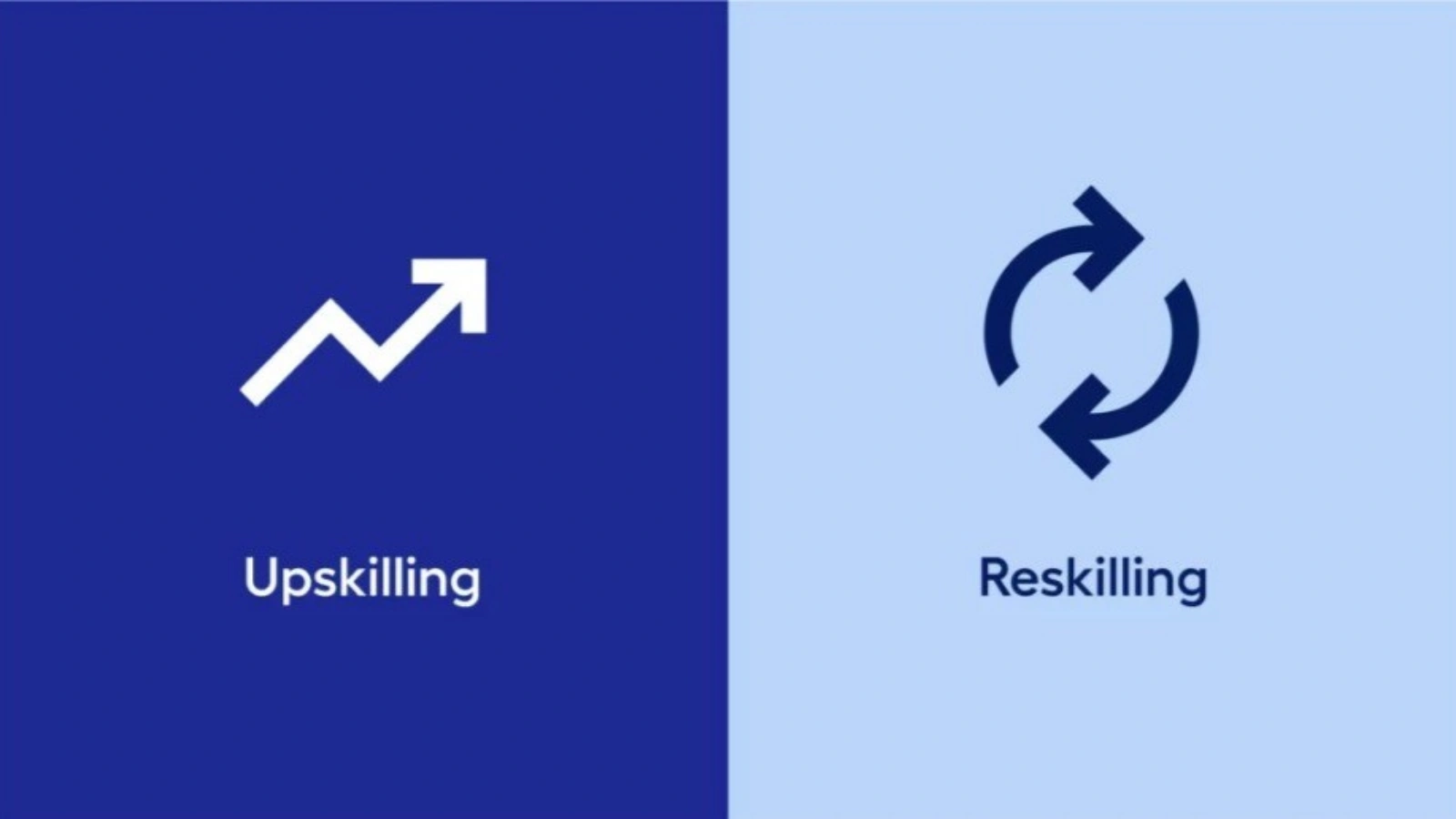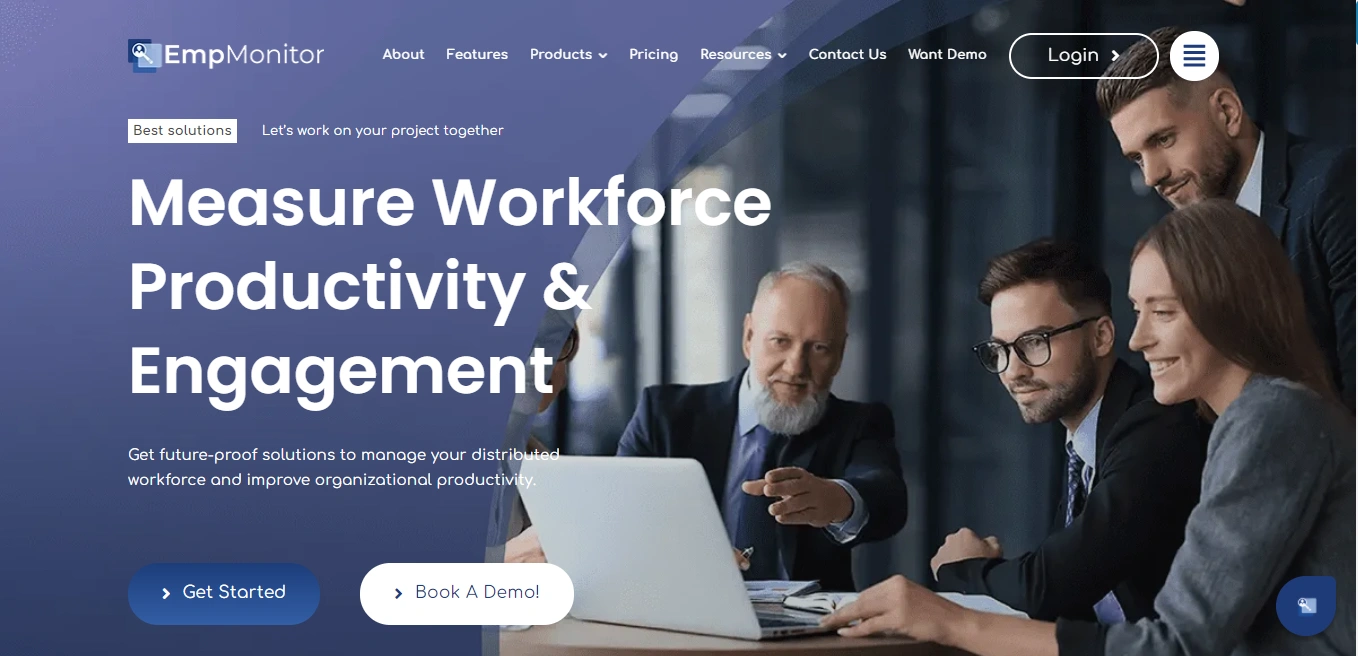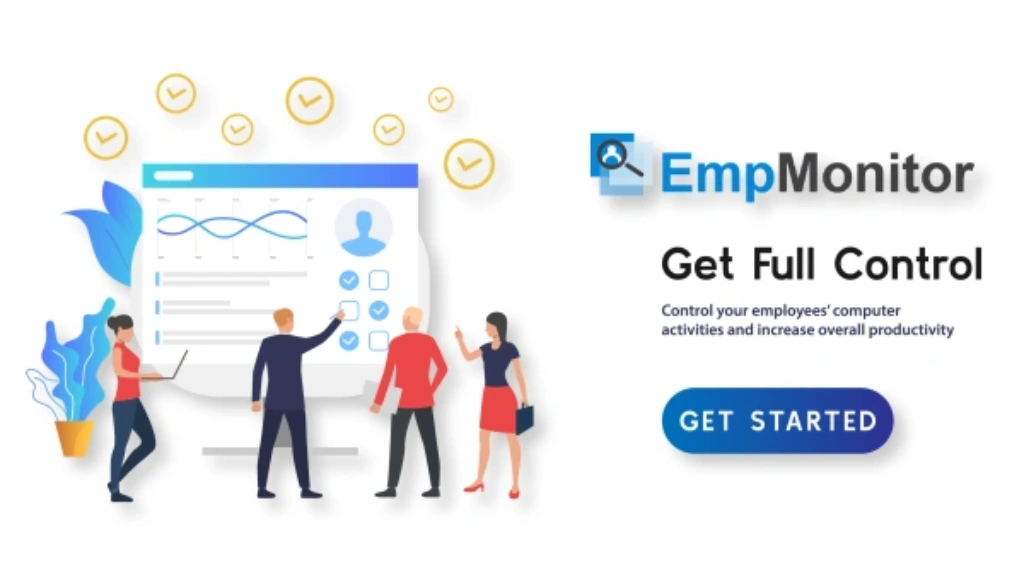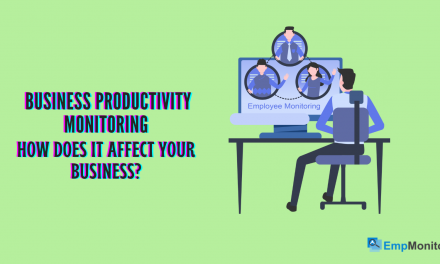It paves the way for fresh career opportunities, increased job stability, and continuous professional development. As industries evolve and technology reshapes the workplace, it becomes essential to stay current and competitive. Companies benefit significantly by empowering their teams through that, while individuals gain the ability to remain employable and advance in their careers. Whether you’re aiming to change industries or enhance your current skill set, it is a vital step forward.
In this blog, explore the meaning, benefits, and strategies behind the successful reskilling of individuals and organizations.
Listen To The Podcast Now!
What Is Reskilling?
It means learning new skills to take on a different job or role. It’s not about improving your current role’s abilities. Instead, it prepares you for a shift in career or a response to market demand. This approach helps people move into new departments, industries, or even whole careers. Companies are encouraged to fill skill gaps without the need to hire externally.
According to the definition used by most HR leaders, it focuses on adapting to evolving job requirements. So, when someone asks, “What is reskilling?” it reflects the idea of learning completely new capabilities.
Why Is Reskilling Important?
It delivers lasting benefits to both employees and the organizations they work for. It enables companies to stay competitive amid fast-paced technological changes while cultivating a more adaptable and skilled workforce. By investing in those initiatives, businesses can retain top talent, lower employee turnover expenses, and adapt to market shifts without relying solely on external hires.
For individuals, it offers a fresh path to job security and relevance in the workforce. It helps people prepare for roles that didn’t exist five years ago and enables them to step into future opportunities with confidence. Whether someone wants to stay competitive in their field or transition into an entirely new industry, it provides the foundation for progress.
Several key reasons make it essential today:
- Job Automation: As automation continues to replace routine tasks, new skills are required to manage and interact with emerging technologies.
- Evolving Job Roles: Roles shift rapidly, often demanding skills not traditionally taught in formal education.
- Workforce Motivation: Employees feel more engaged and loyal when they are offered growth opportunities through structured learning.
Overall, future-proof careers strengthen organizational resilience and support a proactive approach to ongoing development.
How Long Can Reskilling Take?
Time varies based on the nature of the job and the skills involved. Some individuals may complete the process in a few weeks, especially if the change is simple or the training is specific. For others, it could take months when moving into a more technical or unfamiliar field.
Short-term, it typically includes certificate programs, online courses, or targeted workshops. These options help bridge skill gaps quickly. Long-term might involve academic degrees, on-the-job apprenticeships, or comprehensive internal training programs designed by employers.
Several factors influence the time needed to reskill:
- Skill Gap Size: The bigger the difference between what the employee knows and what the new role requires, the longer it will take.
- Training Resources: Access to quality training, mentors, and learning platforms speeds up the process.
- Learning Intensity: Full-time training programs move faster than part-time learning. Employees with dedicated hours to focus on learning progress more quickly.
Support from Human Resources departments, including personalized learning paths and consistent feedback, can also shorten the timeline. Many companies now rely on learning management systems and structured progress tracking to keep employees on schedule.
What Is The Difference Between Reskilling And Upskilling?
It involves acquiring new skills to shift into a different role or career path. It helps individuals adapt to entirely new job responsibilities, particularly when their existing roles are phased out or transformed due to technological advancements. For instance, if a customer service representative learns data analysis to pursue a career in business intelligence, that’s an example of that.
Upskilling, on the other hand, focuses on improving existing skills to perform better in a current role. It helps employees stay updated with industry trends and enhances their performance within the same job. For instance, a graphic designer learning advanced motion design tools is upskilling.
Read More!
Difference Between Upskilling & Reskilling:
Goals – The goal of reskilling is to prepare an individual for a new job or career by teaching them a completely different set of skills. In contrast, the goal of upskilling is to improve performance in the current role by enhancing existing capabilities.
Focus – The focus of reskilling lies in acquiring new skills to take on different responsibilities, often in a new domain or department. On the other hand, the focus of upskilling is on building advanced skills to perform current tasks more efficiently and effectively.
Outcome – The outcome of reskilling is typically a role change or an internal transition into a new career path. For upskilling, the outcome is better productivity and improved performance in the existing position.
Example – A good example of reskilling is a salesperson learning coding to shift into a tech role. In contrast, an example of upskilling would be a marketer mastering advanced SEO strategies to improve campaign results in their current role.
Both are crucial. It provides flexibility and job security while upskilling boosts effectiveness in one’s current role. Smart organizations invest in both to build a future-ready workforce.
Read More!
Key Benefits Of Reskilling For An Organization
Organizations gain a significant competitive advantage when they prioritize as part of their strategic workforce planning. It equips teams to meet evolving demands and ensures business continuity without frequent recruitment cycles. Here’s how reskilling benefits organizations:
- Talent Retention
When employees are offered structured learning opportunities, they’re more likely to stay committed to the organization. Feeling valued and supported in their growth reduces the urge to look for external roles. This not only cuts down on recruitment and onboarding expenses but also encourages a culture of internal mobility, where team members can see opportunities to grow and advance within the company. - Productivity Gains
Reskilled employees can take on wider responsibilities and contribute to more complex tasks. They understand internal processes and require less time to adapt. This boosts overall productivity as teams can manage tasks more efficiently, respond faster to challenges, and complete projects without delays. - Adaptability
Markets change rapidly due to technological innovation and shifting customer needs. A reskilled workforce can pivot quickly to meet these demands. Whether adopting new software or adjusting business strategies, reskilled teams can manage transitions effectively. This agility keeps organizations resilient and forward-focused. - Cost Efficiency
Hiring new employees involves advertising, interviews, onboarding, and initial productivity lags. In contrast, the existing staff eliminates many of these hurdles. Internal candidates already understand the company culture and workflows, reducing ramp-up time and cost. Training programs are often more affordable than repeated recruitment. - Better Team Morale
When companies invest in employee development, it shows trust and commitment. It builds a sense of purpose and involvement. Employees feel valued, leading to stronger engagement, collaboration, and loyalty. High morale contributes to a positive work environment and lower absenteeism.
By integrating that into core HR strategies, organizations reduce dependency on external talent and strengthen internal capabilities for long-term success.
Key Benefits Of Reskilling For An Employee
Employees benefit from this in many ways:
- Job Security: It helps individuals stay relevant even when their current job faces disruption. As automation replaces certain roles, workers with broader skill sets can move into new positions within the same company or industry. It ensures continuity in employment and helps employees adapt to changes rather than fear them.
- Career Growth: Learning new skills opens the door to promotions or transitions into different fields. Employees who feel stuck in a stagnant role gain a path toward advancement. It also helps individuals align their strengths with emerging opportunities, giving them greater control over their professional journey.
- Confidence Boost: Mastering new subjects builds self-assurance. Employees who overcome learning challenges develop a positive attitude and greater belief in their ability to take on responsibility. This improved confidence often translates to better performance in their current or new roles.
- Increased Earning Potential: With added skills, employees become more valuable to the organization. This often results in salary hikes, bonuses, or access to higher-paying roles. Employers are willing to pay more for team members who can take on versatile roles or lead projects confidently.
- Job Satisfaction: Routine tasks can become monotonous. It introduces new challenges and responsibilities, bringing variety to daily work. This change not only keeps things fresh but also fosters a sense of accomplishment and meaning in one’s work.
- Broader Career Options: It allows employees to explore different paths, industries, or specializations. It reduces dependency on one specific role and gives people the freedom to redefine their careers.
- Future Preparedness: Technology and industry trends evolve quickly. Those who reskill regularly are better positioned to respond to change. They are more resilient in the face of layoffs, restructuring, or industry shifts.
With regularity, employees build careers that remain strong even when external conditions shift. They become assets not only to their current employers but to the broader market as well.
How EmpMonitor Enhances Workforce Visibility And Productivity?
EmpMonitor plays a vital role in helping businesses optimize employee performance, ensure accountability, and improve team productivity. While it doesn’t offer reskilling or training modules, it supports organizations in tracking how employees work, what tools they use, and how efficiently they execute assigned tasks, all of which are crucial to maintaining a high-performing workforce.
Below are the core features that drive its value:
1. Employee Monitoring Software
EmpMonitor’s employee monitoring software delivers real-time insights into how employees utilize their work hours. It helps managers spot top performers, uncover workflow bottlenecks, and make data-driven improvements to enhance overall team productivity.
Key Highlights:
- Detailed daily and hourly activity reports
- Context-rich data at department and individual levels
- Clear metrics on performance and engagement
2. Time Tracking
Track every second of your team’s workday to measure performance, reduce idle time, and reinforce a productive work culture. The automated timesheets and breakdowns of active vs idle periods offer unmatched transparency.
Key Highlights:
- Accurate real-time timesheet reports
- Clear visibility into working styles
- Improved accountability and schedule adherence
3. User Activity Monitoring
Monitor employee interaction with software and web tools to better understand their work habits, tool usage, and online behavior. This feature helps ensure focus and productivity across teams.
Key Highlights:
- Real-time tracking of app and website usage
- Contextual reporting to identify unproductive patterns
- Hourly user behavior breakdown
4. Insider Threat Prevention
Protect your organization against insider risks with EmpMonitor’s behavior-based alert system. It flags suspicious activity like unauthorized platform access or data movement, helping your IT and HR teams act swiftly.
Key Highlights:
- Threat detection for negligent or malicious actions
- Live monitoring of restricted asset usage
- Secure handling of sensitive information
5. Attendance Monitoring
EmpMonitor automates attendance tracking with paperless processes, eliminating manual errors and improving visibility into employee presence, punctuality, and leave trends.
Key Highlights:
- Centralized dashboard for attendance insights
- Automated logs for login/logout times
- Leave management and compliance assurance.
6. Productivity & Engagement Analysis
Boost employee output by analyzing workflow efficiency and engagement levels. EmpMonitor helps you discover productivity gaps and supports data-driven HR decisions.
Key Highlights:
- Comprehensive productivity metrics
- Workflow pattern tracking
- Project-specific performance insights
7. Live Screencasting & Screen Recording
Support your IT and QA teams with real-time screen access and continuous screen recording. This ensures compliance, enables instant support, and maintains transparency.
Key Highlights:
- Live screen viewing for collaboration or issue resolution
- Secure, time-stamped recordings for audits and training review
- Cloud storage for easy access by authorized personnel
8. Real-Time Activity Monitoring
Keep a pulse on your entire workforce with real-time activity tracking. You’ll know which apps and websites employees use and for how long, crucial for reducing digital distractions.
Key Highlights:
- Unified dashboard view of live app/website usage
- Custom filters by employee or timeframe
- Data-backed decisions on improving efficiency
9. Project Management
EmpMonitor allows you to assign tasks, manage projects, and track progress in real time. Managers can align tasks with team strengths and streamline execution from one dashboard.
Key Highlights:
- Task assignment and progress tracking
- Resource allocation by role or skill
- Efficient collaboration and milestone achievement
Conclusion
It changes careers, saves companies hiring costs, and boosts productivity. With technologies evolving quickly, those who reskill adapt better and stay relevant. Organizations that prioritize reskilling enjoy increased agility and employee retention.
Tools like EmpMonitor empower teams to succeed in their goals. From time tracking to live monitoring and project insights, it offers everything needed for an efficient workforce transformation. So, take action today. Embrace and equip your team for tomorrow’s challenges.
FAQs
1. What is reskilling in the workplace?
In the workplace means training employees to learn new skills that allow them to take on different roles within the organization. It helps businesses stay competitive by preparing their workforce intelligence for new challenges and evolving technologies.
2. Why is reskilling important for employees?
It helps employees stay relevant in a changing job market. It improves job security, opens new career paths, increases earning potential, and builds confidence by allowing them to adapt to new roles as industries evolve.
3. How does reskilling benefit an organization?
Organizations benefit from that through higher retention, reduced hiring costs, improved productivity, and better adaptability. It allows companies to grow talent internally and respond quickly to market changes.
4. How long does it take to reskill an employee?
It depends on the complexity of the new role and the existing skill gap. It may take a few weeks for simple transitions or several months for more technical shifts. Structured training and tools like EmpMonitor can help speed up the process.
5. What tools help support reskilling programs?
Tools like EmpMonitor support that by tracking productivity, monitoring progress, and ensuring accountability. They offer time-tracking, user activity analysis, project management, and screen monitoring to help HR teams manage efforts effectively.















